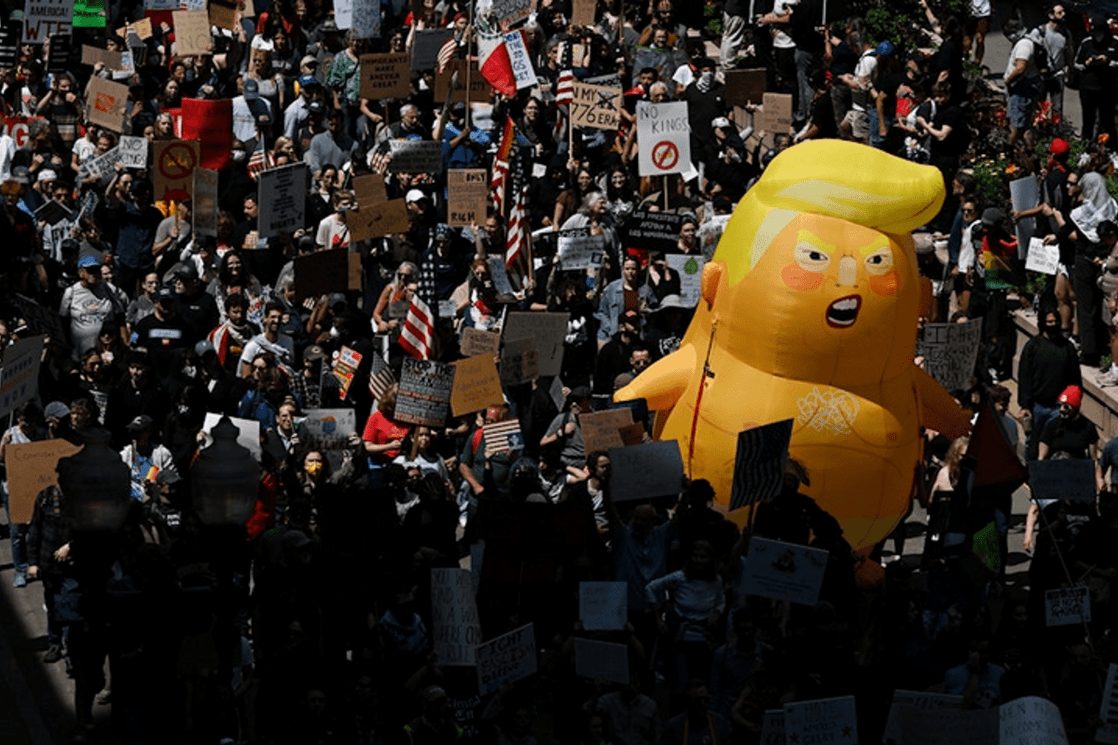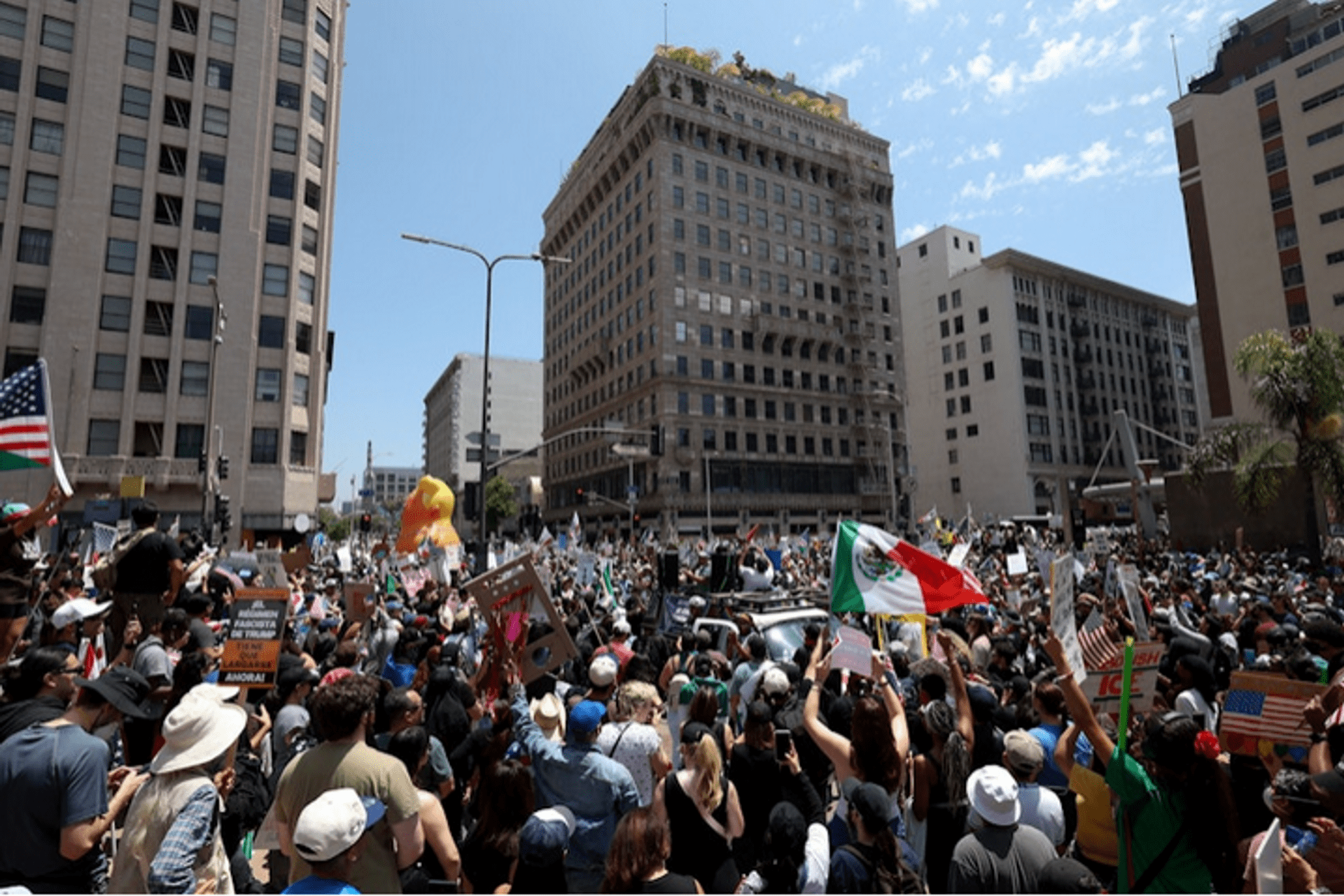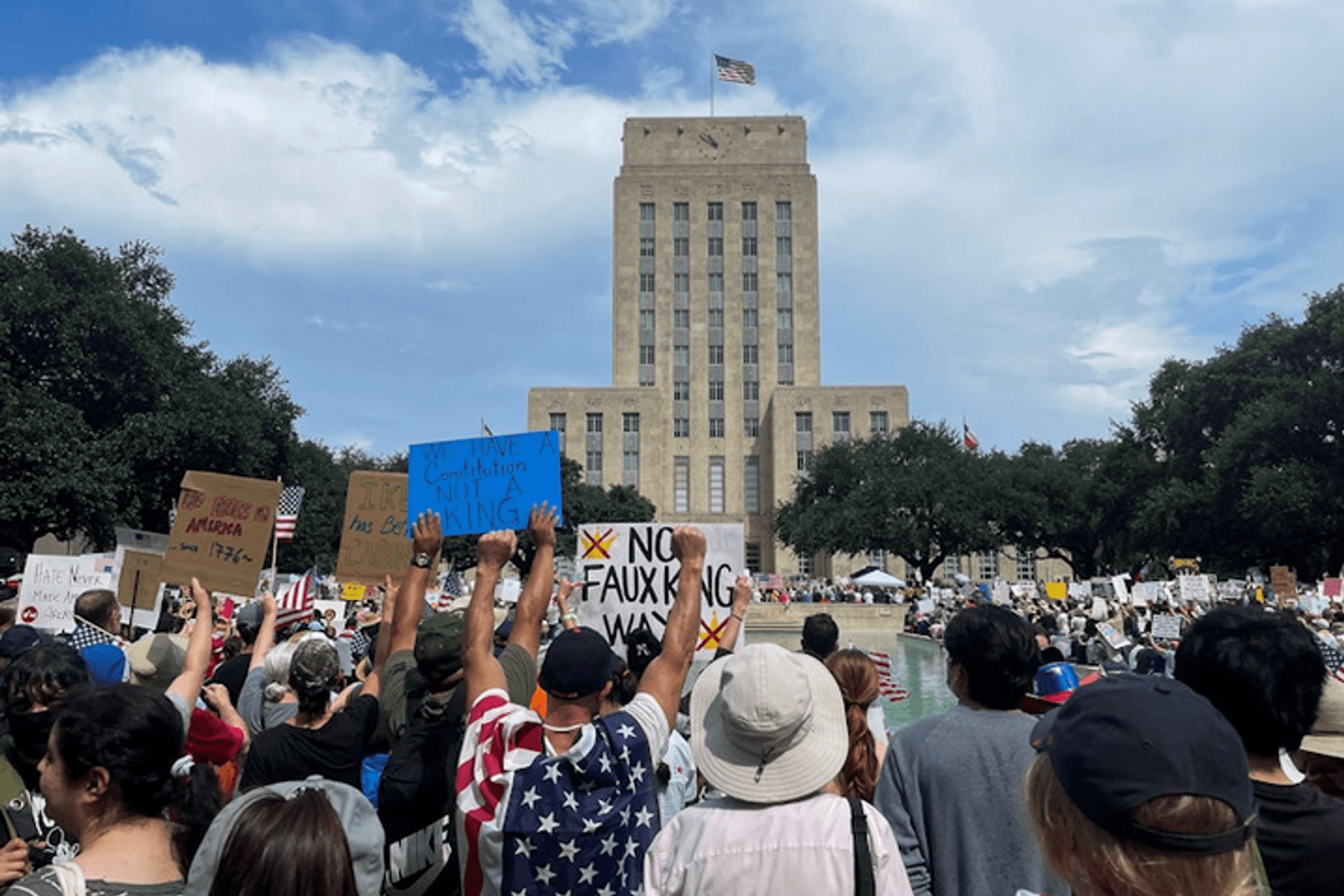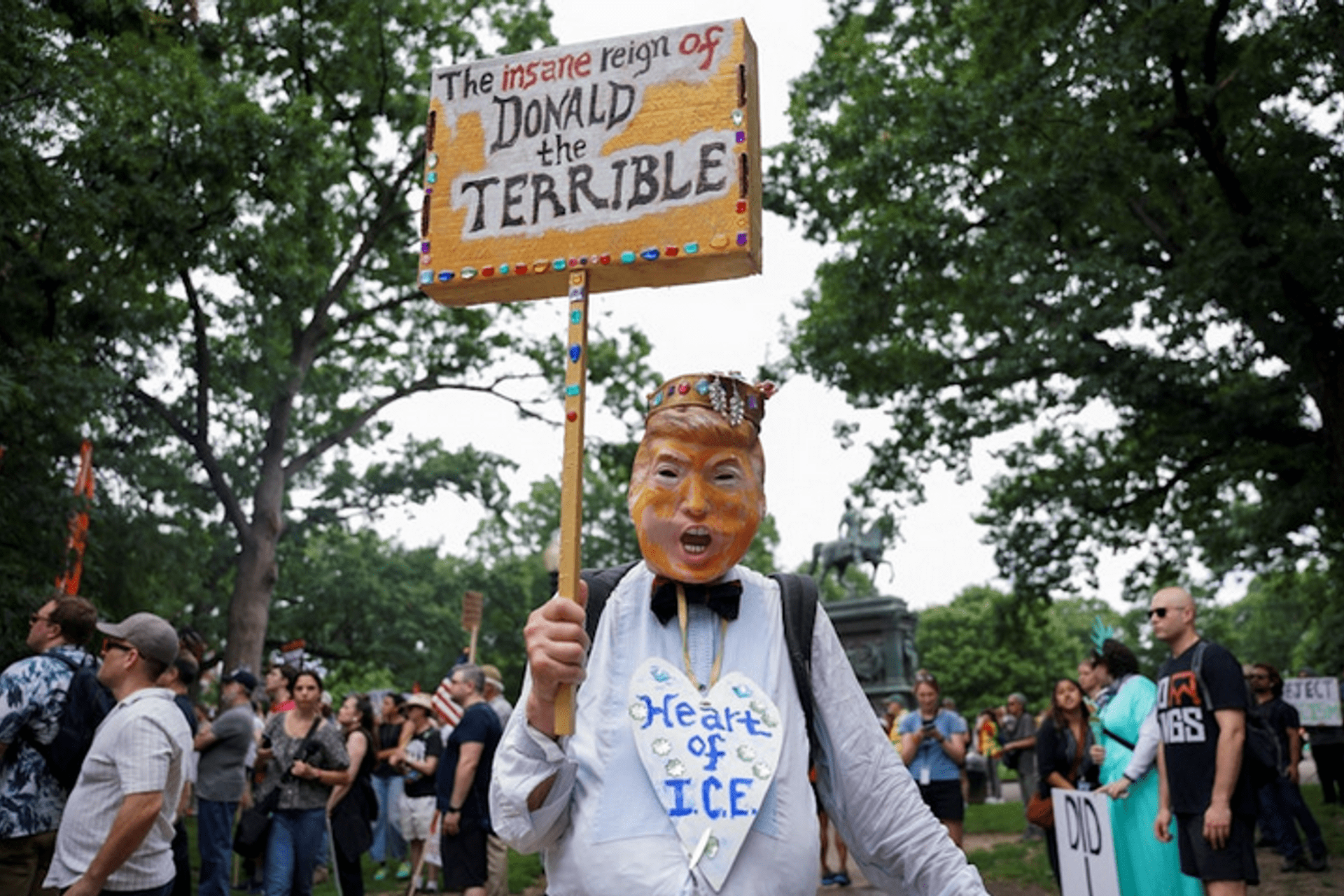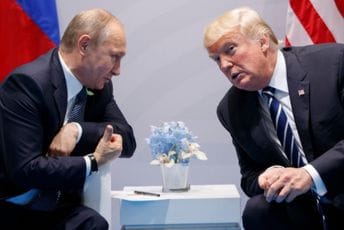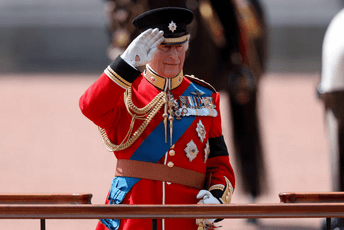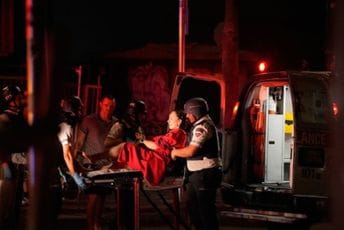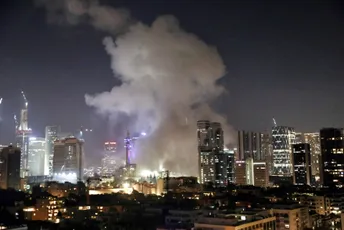Thousands of people across the United States gathered in protests against President Donald Trump ahead of a military parade in Washington marking the anniversary of the U.S. military, which coincides with Trump’s birthday. Demonstrations took place in major cities such as Atlanta, Philadelphia, Los Angeles, New York, and others. Organizers named the movement “Kings,” symbolizing 50 states and 50 protests. The protests express opposition to the authoritarian actions of the Trump administration and against the military parade, which some consider inappropriate while U.S. troops are engaged in wars in the Middle East.
Political Perspectives:
Left: Left-leaning outlets emphasize the protests as a democratic response against authoritarian tendencies in the Trump administration. They highlight the large turnout, the diversity of participants, and the symbolic naming of the movement as ‘Kings’ representing unity across all states. The narrative focuses on defending democracy and opposing militarism, criticizing the military parade as inappropriate during ongoing conflicts.
Center: Center-leaning sources report the facts of the protests, noting the timing with the military parade and Trump’s birthday. They provide balanced coverage of the protesters’ motivations and the government’s perspective, mentioning the scale of the demonstrations and the peaceful nature of most events. The military parade is presented as a patriotic event, while acknowledging the protesters’ concerns.
Right: Right-leaning media may downplay the size or significance of the protests, framing them as politically motivated or disruptive. They often emphasize support for the military parade as a celebration of the armed forces and patriotism. The protests are sometimes portrayed as unpatriotic or influenced by left-wing activists, with criticism directed at the protesters rather than the administration.






